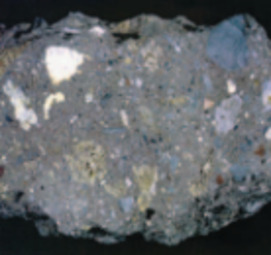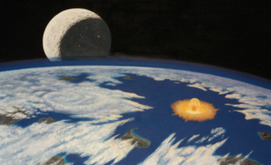Geochemistry of Impactites
Geochemical analysis is an essential tool for the confirmation and study of impact structures and the characterization of the various rock types involved (target rocks, impact breccias, melt rocks, etc.). Concentrations and interelement ratios of the platinum-group elements, as well as the osmium and chromium isotope systems, allow quantification of extraterrestrial components and the identification of impactor types in impact deposits. In addition, chemolithostratigraphy can reveal the possible role of impacts in environmental change throughout the geologic record. This article deals predominantly with terrestrial impact structures.
Geochemistry of Impactites Read More »



